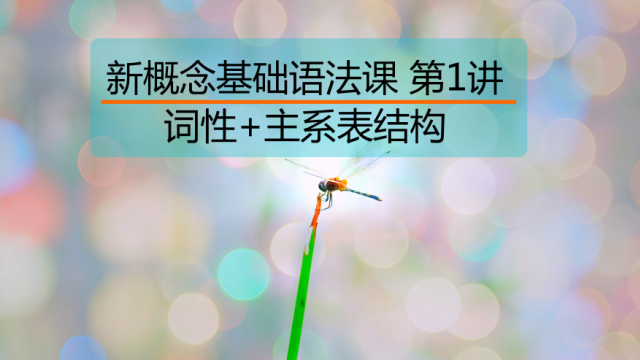现在一般时态知识大全
一、 定义与讲解
一般现在时:表示经常性的事情,经常性的动作或一般性事实。
时间状语:often 经常,usually通常,always 总是,every每个,sometimes 有时,at …在几点钟
只有在第三人称单数用动词的“三单变化”,其他用动词的原形。
三单变化:1.多数在动词后+s play — plays like — likes
(1)直接在动词词尾加-s.
ask---asks work---works get---gets stay---stays
(2)以字母s, x, ch, sh或o结尾的动词,在词尾直接加-es.
watch---watches wish---wishes fix---fixes do---does
go---goes pass---passes
(3)以“辅音字母加 - y”结尾的动词,要先变y为i再加-es.
try---tries study---studies cry---cries fly---flies
2.不规则变化:
be---- is are have----has
二、一般现在时用法
1. 表示经常性,习惯性,永久性的动作或存在的状态.通常与副词sometimes, often, usually, always, every day (year, month ), once (twice, three times) a day,等时间状语连用。
They usually go to school by bike.
I take the medicine three times a day.
She helps her mother once a week.
Mary’s father is a policeman.
There are 50 students in my class.
2. 表示客观真理,科学原理,自然现象,等客观事实或格言,谚语等。
The sun rises in the east and sets in the west every day.
The man who has never been to the Great Wall is not a real man.
Tomorrow is Tuesday.
三、一般现在时的句子转换:
(1)当句子中有be动词或情态动词时,则把be动词或情态动词(can,could等等)提到主语的前面变成疑问句;在be动词或情态动词后面加not变成否定句.
例:①陈述句:She is a student.
疑问句→ Is she a student?
否定句→ She is not a student.
②陈述句:I can swim.
疑问句→ Can you swim
否定句→ I can not swim.
(2) 当句子中即没有be动词,也没有情态动词时,则在主语前加助动词do (you,以及复数), does(单数she,he,it)变成问句;在主语后谓语动词前加助动词don’t(I,you,以及复数), doesn’t(单数she,he,it)变成否定句,助动词后的动词要变成动词原形。
例:①陈述句:We get up at 7:00 every morning.
疑问句→Do you get up at 7:00 every morning?
否定句→We don’t get up at 7:00 every morning.
②陈述句:She has a little brother.
疑问句→ Does she have a little brother?
否定句→ She doesn’t have a little brother.











